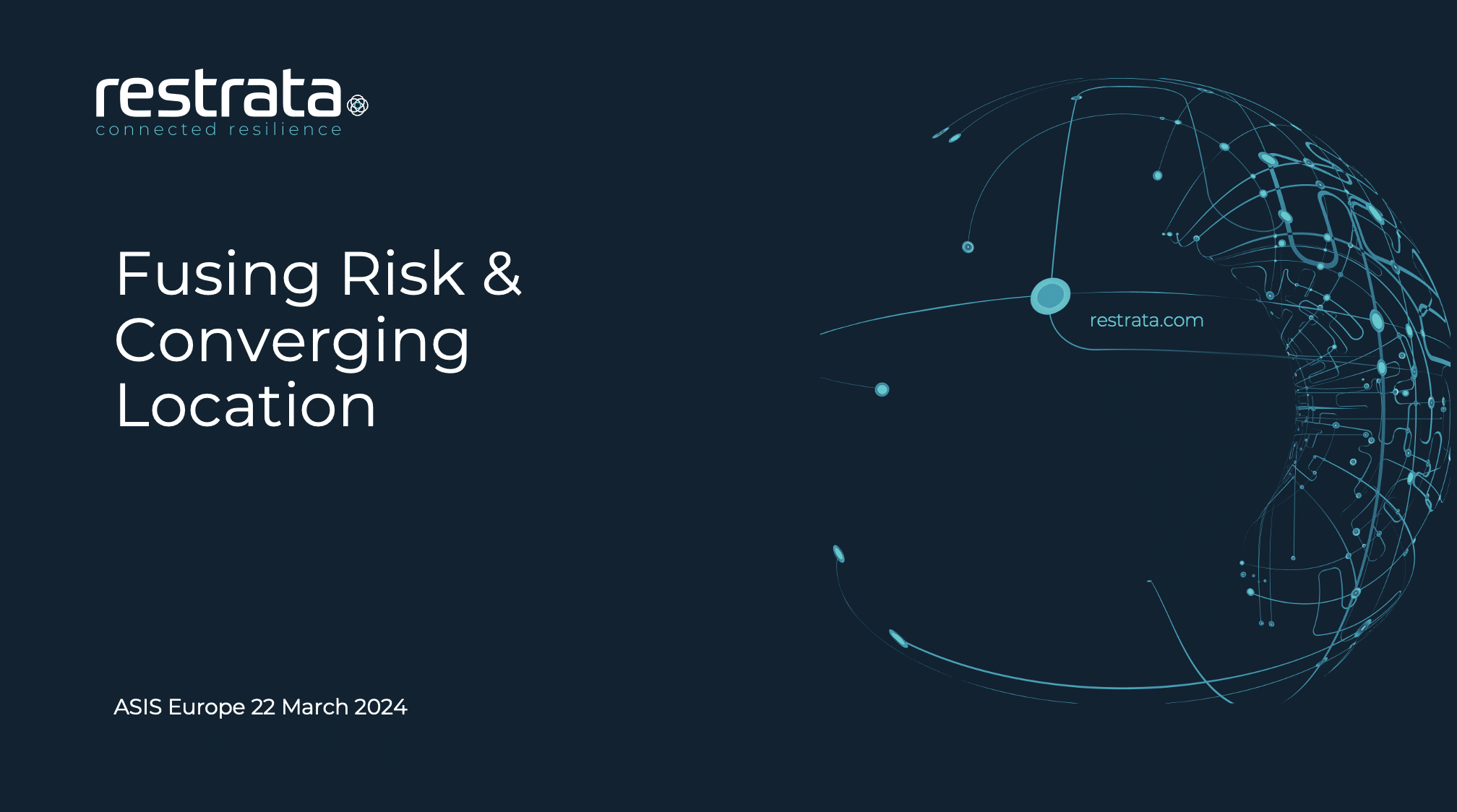RECORDED PRESENTATION
Tim Willis, VP Partnerships Speaking at ASIS Europe 2024
How to Enhance Corporate Security: Fusing Risk and Location Data
A Must-Watch for Security & Resilience Leaders
🔒 Unlock the Full Session Now
Fill out the form to access the full video and discover how to enhance corporate security.
Submit the form now to watch the video!

